As most food businesses start to take it slow after the festive season, haggis production at Simon Howie’s Perthshire factory ramps up.
With Burns Night around the corner, the Dunning site is running day and night to satisfy our haggis cravings.
More than 110 staff are busy making sure there is enough pudding, sausages, bacon and burgers to feed hungry Scots.
While there is much work to be done at the start of the new year, Simon Howie proudly proclaims that he loves both January and Robert Burns.
“We produce about 30,000 haggis on an average day in January,” he says.
“More than 50% of all the haggis that’s eaten is eaten in January, so we’re doing around 1.1 million units in January and 900,000 units throughout the rest of the year.
“The vegetarian haggis is also growing every year, it’s getting on for 15% of the whole volume.”
How is haggis made?
At Simon Howie, the magic happens in the pudding room. The business that started with a single shop in Dunning now has a 110,000 sq ft factory outside the village.
From the original to gluten free and even vegetarian haggis, this 8,000 sq ft pudding room houses all the production.
Making the dish is a semi-automated process, explains Simon. There are machines doing work, but people are needed to work the machines.
First, the ingredients go through a mincer, before the mixture is piped into a casing and the puddings hit the oven. The haggis is then immediately chilled after cooking before getting individually packed into bags.
Packing the haggis was all done by hand until two years ago, when two bespoke machines moved into the pudding room. As the heavy haggis makes quite an impact when it drops into the bag, finding the correct packing equipment proved a challenge.
After each haggis has been packed and sealed, it goes into boxes and is ready for supermarket shelves.
Simon added: “Being able to give haggis its own room was a game changer for us.
“It was a great step up in terms of our ability to handle volume.”
Haggis is the star of the show
Being able to produce large volumes of haggis is a great benefit, as Simon estimates he sells 3 to 3.5 million portions of haggis in January alone.
The majority of products are sold to supermarkets in the UK, but the firm also has deals with wholesalers and two shops of its own in Perth and Auchterarder.
Though the haggis is the star of the show, especially in January, the 60 other products made at the factory also play an important role.
Simon says: “There’s an 80-20 split, in that 20% of the products are 80% of the volume.
“But the smaller selling lines have a lot of people buying into them.
“We know that whilst we could reduce the number of skews we sell, there are people who really like them.”
Simon and his team even find time to think of new products, though the brainstorming starts after Burns Night.
The first six months of the year include forming new ideas, while the last six focus on Christmas and Burns.
Each year, the firm also finds a special way to mark the event on January 25. In the past this has included launching a haggis into space and hosting the world’s highest Burns supper on the top of Kilimanjaro.
Simon Howie is now running a social media campaign, where people with the name R Burns – or willing to change their display name to honour the bard – can win a Scottish goodie box.
“It’s not a haggis in space, but it’s a chance to give back to our customers,” says the team.
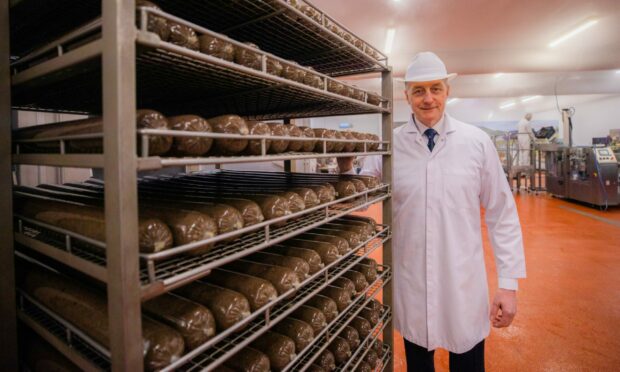
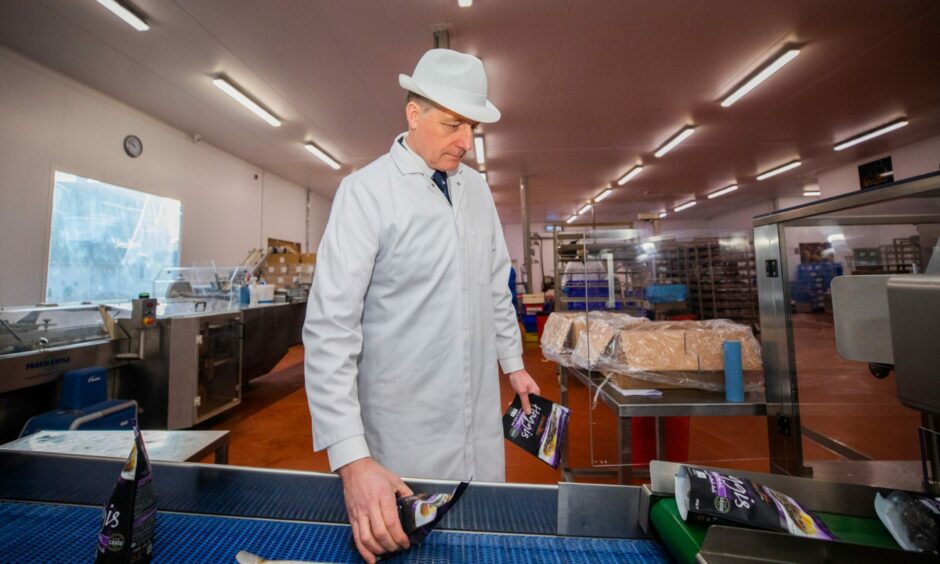
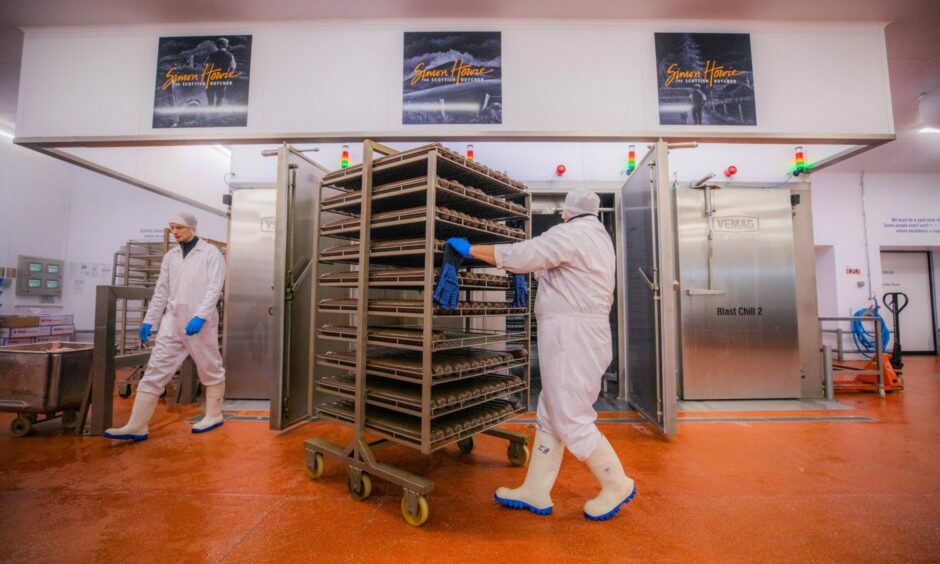
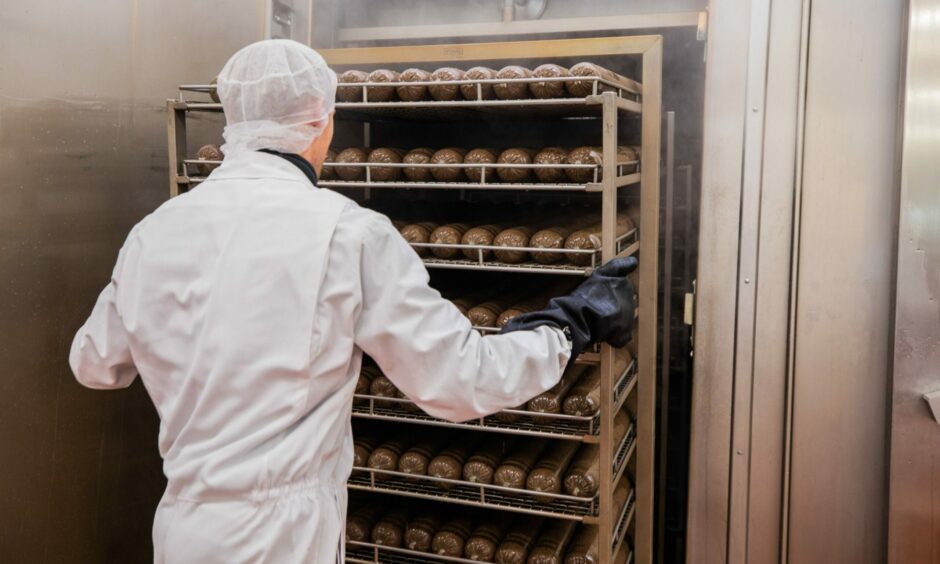
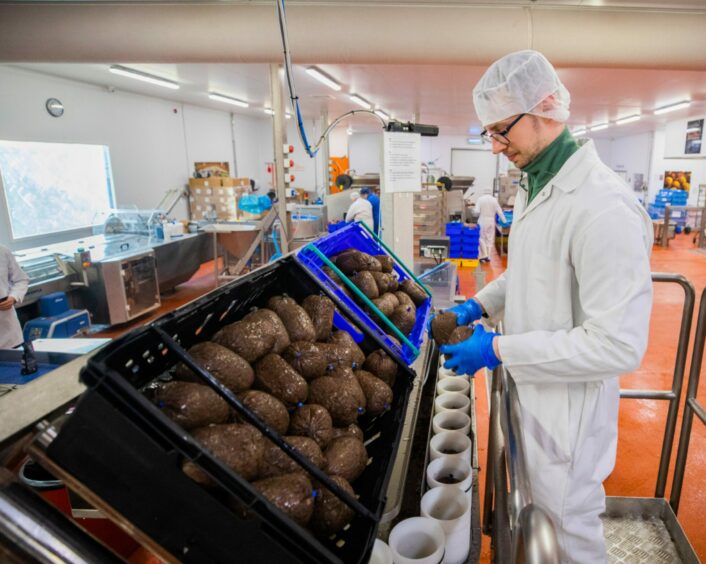
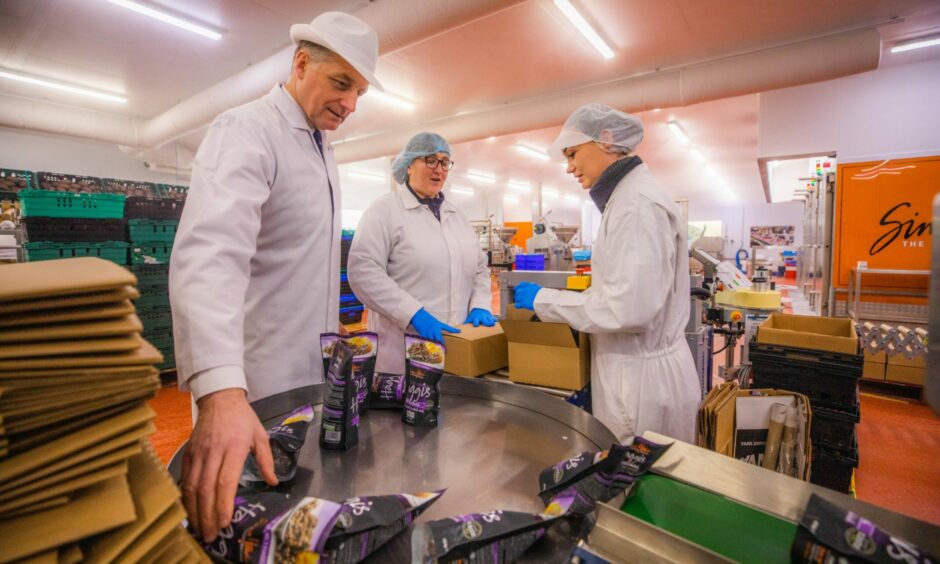
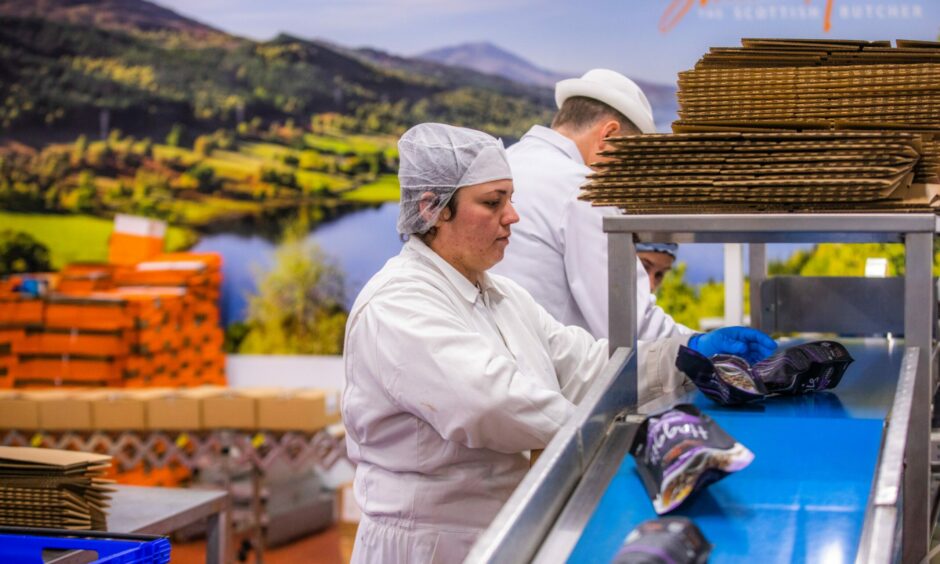









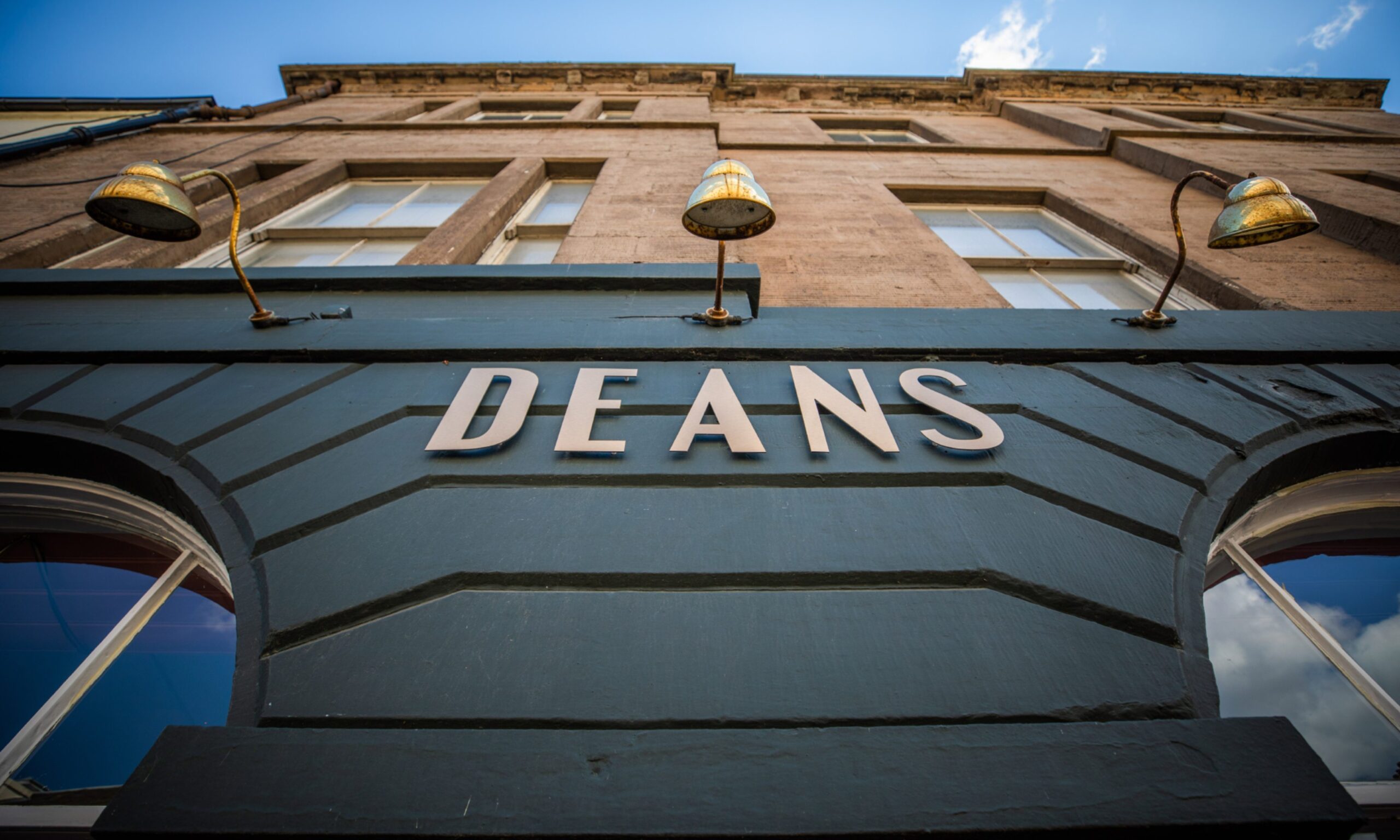
Conversation